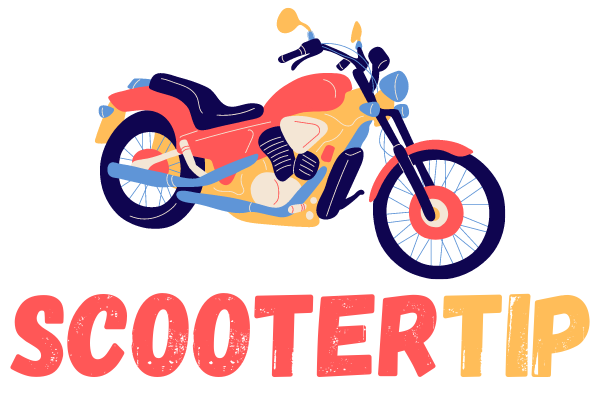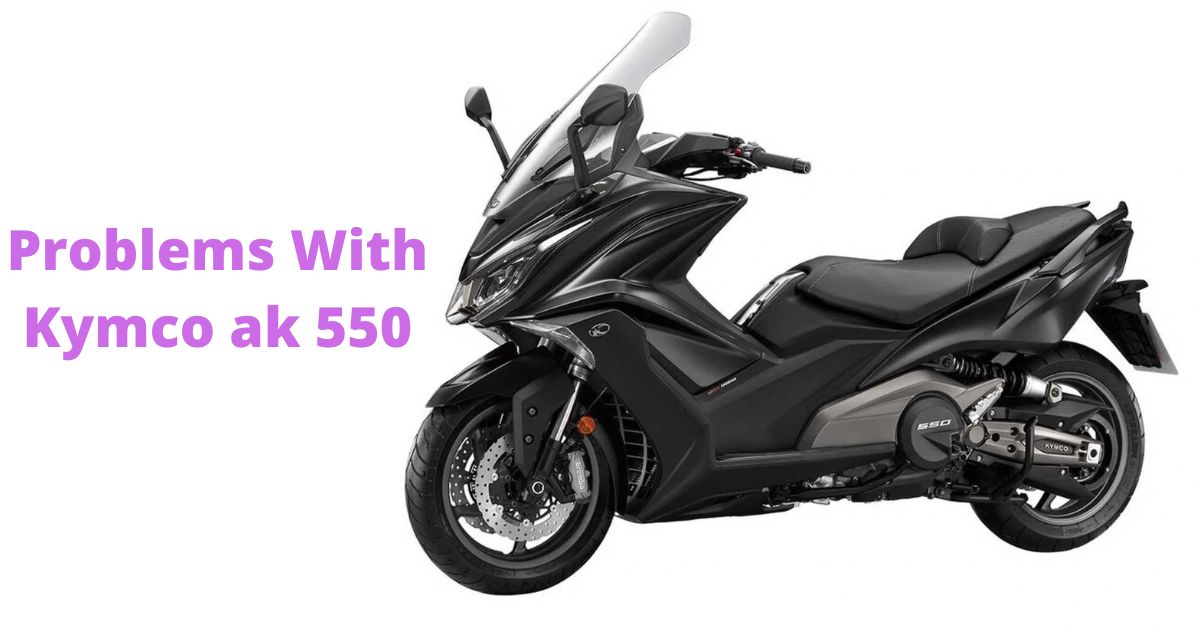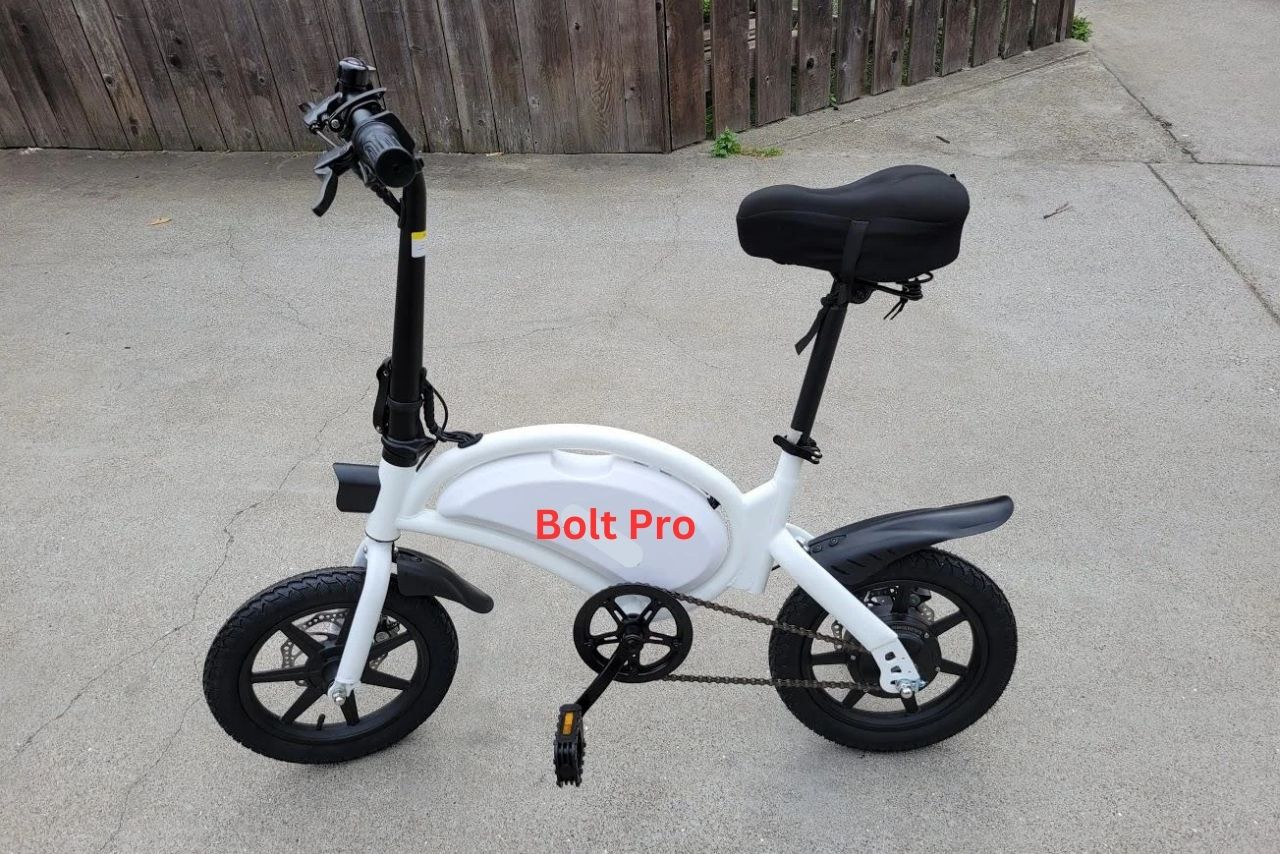If you’re a Can-Am owner or considering getting a Can-Am vehicle, you might be wondering How Many Hours is a Lot for a Can-Am? Well, the answer is not as straightforward as you might think.
The number of hours that can be considered a lot for a Can-Am depends on various factors such as the model, maintenance, and usage patterns.
Different Can-Am models are built to handle different levels of usage. Some models are designed for more intense and demanding activities like off-roading or racing, while others are better suited for casual recreational use.
In this article, we’ll explore the various factors that contribute to determining whether a certain number of hours is a lot for a Can-Am. So let’s dive in!
How Many Hours is a Lot for a Can-Am?
The number of hours that is considered a lot for a Can-Am depends on a number of factors, including the age of the Can-Am, how it has been used, and how well it has been maintained.
In general, a Can-Am with 1500 hours is considered to be high-mileage. However, if the Can-Am is relatively new and has been well-maintained, it may still be in good condition.
For example, a 5-year-old Can-Am with 1500 hours that has been regularly serviced and driven in mild conditions may still have a lot of life left in it.
On the other hand, a 15-year-old Can-Am with 1500 hours that has been used hard and not properly maintained may be nearing the end of its lifespan.
Here is a general rule of thumb for determining how many hours are too many for a Can-Am:
- 100-150 hours per year is considered moderate use.
- 200-300 hours per year is considered heavy use.
- More than 300 hours per year is considered very heavy use.
Here are some additional factors to consider when evaluating a Can-Am with 1500 hours:
- The condition of the tires. Worn tires are a sign that the Can-Am has been used hard.
- The condition of the belts. Worn belts are a sign that the Can-Am needs to be serviced.
- The condition of the brakes. Worn brakes are a safety hazard.
- The condition of the suspension. Worn suspension can make the Can-Am difficult to ride.
Here is a table that summarizes the factors to consider when evaluating a Can-Am with 1500 hours:
| FactorConsiderationAgeA newer Can-Am with 1500 hours is less likely to have as many problems as an older Can-Am with the same number of hours. | |
|---|---|
| Use | A Can-Am that has been used for hard-core off-roading or mudding is likely to have more wear and tear than a Can-Am that has been used for more casual riding. |
| Maintenance | A Can-Am that has been regularly serviced and had the fluids changed is more likely to be in good condition than a Can-Am that has not been properly maintained. |
| Tires | Worn tires are a sign that the Can-Am has been used hard. |
| Belts | Worn belts are a sign that the Can-Am needs to be serviced. |
| Brakes | Worn brakes are a safety hazard. |
| Suspension | Worn suspension can make the Can-Am difficult to ride. |
Ultimately, the decision of whether or not to buy a Can-Am with 1500 hours is a personal one. You need to weigh the factors carefully and decide what is most important to you.
Understanding Can-Am’s Recommended Riding Hours

When it comes to riding a Can-Am, understanding the recommended riding hours is crucial for maintaining the longevity and performance of your vehicle.
Can-Am, a leading brand in the powersports industry, provides guidelines to ensure optimal usage. Let’s take a closer look at these recommendations:
Regular Maintenance Intervals
One of the key factors in determining riding hours is the regular maintenance intervals. Can-Am recommends servicing your vehicle after a certain number of hours of operation.
This helps prevent wear and tear, ensuring that your Can-Am remains in top-notch condition. Here are the recommended intervals for common maintenance tasks:
- Oil Change: Can-Am suggests changing the oil every 50 hours of riding.
- Air Filter Cleaning: Cleaning the air filter is advised every 100 hours.
- Spark Plug Replacement: It is recommended to replace the spark plugs every 300 hours.
Riding Conditions
The recommended riding hours can also vary based on the conditions in which you ride your Can-Am. Factors such as temperature, terrain, and load can affect the overall stress on the vehicle.
It’s important to take these factors into account and adjust your riding hours accordingly. For example:
Tracking Riding Hours
To keep a tab on your Can-Am’s usage, you can utilize the onboard electronic systems or external devices that track riding hours. This allows you to monitor and plan your maintenance schedule effectively.
By keeping an eye on the hours, you can ensure that your Can-Am receives the necessary care and attention it requires.
Regular maintenance, proper care, and mindful riding practices will undoubtedly contribute to your Can-Am’s overall durability and enjoyment.
| Maintenance Task | Recommended Interval |
|---|---|
| Oil Change | Every 50 hours |
| Air Filter Cleaning | Every 100 hours |
| Spark Plug Replacement | Every 300 hours |
Factors to Consider When Determining Optimal Riding Time

When it comes to determining how many hours is a lot for a Can-Am, there are several factors to consider.
The optimal riding time can vary depending on various factors, and it is essential to take them into account to ensure the longevity and performance of your Can-Am. Here are some key considerations:
Signs of Overexertion During Can-Am Riding
When it comes to riding a Can-Am, it’s important to know your limits. Pushing yourself too hard can lead to overexertion, which can have negative consequences on your health and overall riding experience.
Here are some signs to watch out for that may indicate you’re overdoing it:
Remember, overexertion can vary from person to person, depending on factors like fitness level, terrain, and weather conditions. It’s essential to know your own limits and ride within them to ensure a safe and enjoyable experience.
Take breaks, stay hydrated, and listen to your body’s signals to avoid overexertion and its potential consequences.
Tips for Prolonging the Lifespan of Your Can-Am

Here are some simple and practical tips to help extend the lifespan of your Can-Am:
1. Cleanliness is Key
- Regularly clean your Can-Am to remove dirt, mud, and other debris that can accumulate on its surface.
- Use mild soap and water to clean the exterior, and avoid using harsh chemicals or abrasive materials that can damage the paint or finish.
- Pay attention to hard-to-reach areas, such as under the fenders and in the engine compartment, and remove any build-up that may hinder the performance.
2. Proper Storage
- Store your Can-Am in a cool, dry place to protect it from extreme temperatures and moisture.
- If you live in an area with harsh winters, consider using a cover or storing it indoors to shield it from the elements.
- Before storing, ensure that the fuel tank is full and add fuel stabilizer to prevent the fuel from deteriorating.
3. Riding Techniques
- Be mindful of your riding techniques to minimize wear and tear on your Can-Am.
- Avoid harsh acceleration and sudden braking, as they can put unnecessary stress on the engine and transmission.
- Take care when navigating rough terrains and avoid excessive jumping or landing hard, as it can damage the suspension and frame.
Remember, taking care of your Can-Am is not only about preserving its lifespan but also about maximizing your own safety and enjoyment while riding.
By following these tips, you can ensure that your Can-Am remains in top condition for many hours of outdoor adventures.
| Maintenance Task | Frequency |
|---|---|
| Oil Change | Every 50 hours |
| Filter Replacement | Every 100 hours |
| Brake Inspection | Every 25 hours |
| Tire Inspection | Every 25 hours |
Keep these maintenance tasks in mind and enjoy your time on your Can-Am for years to come!
Watch Video: How Many Hours is a Lot for a Can-Am?
Summary: How Many Hours is a Lot for a Can-Am?
Whether you’re a seasoned rider or new to the world of Can-Am, finding the right balance between riding for long hours and ensuring safety and enjoyment is crucial.
Here are a few key points to consider as you embark on your Can-Am adventures:
FAQs
How Many Hours Is Considered a Lot for A Can-Am?
Generally, a Can-Am should not exceed 600 hours of total running time.
What Is the Recommended Maintenance Schedule for A Can-Am?
The recommended maintenance schedule for a Can-Am is to have the oil and filter changed every 100-200 hours, and the spark plugs changed every 200-300 hours.
What Is the Maximum Amount of Hours a Can-Am Can Be Used?
The maximum amount of hours that a Can-Am can be used is 600 hours.
Are There Any Signs that Indicate It’s Time for Maintenance?
Yes, some signs that indicate it’s time for maintenance include a decrease in performance, engine noise, and excessive smoke.
Is It Possible to Extend the Life of A Can-Am?
Yes, it is possible to extend the life of a Can-Am by following the recommended maintenance schedule and avoiding operating the vehicle in extreme temperatures or conditions.








